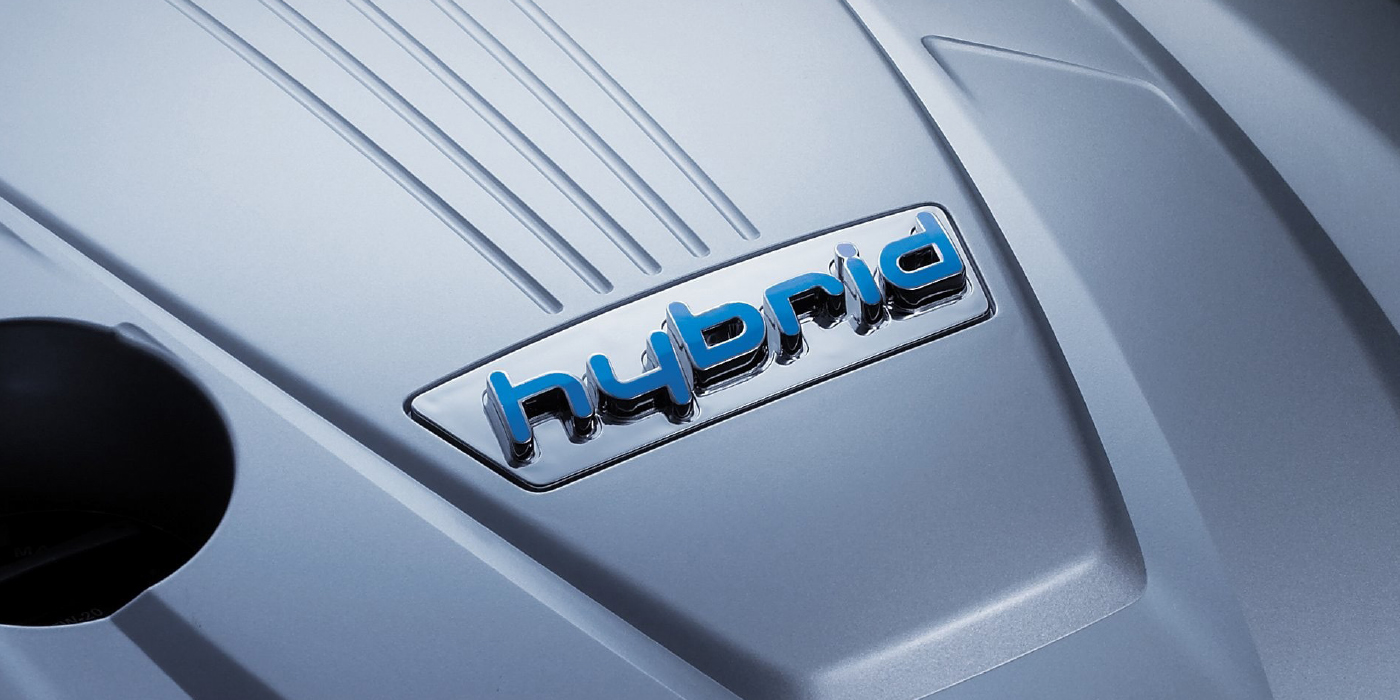BULLETIN NO. 11-1007
TO: All ATP Technicians
Changing the automatic transmission filter and fluid is a great preventive maintenance practice, ensuring a clean and proper working transmission assembly. The most important factors are installing the correct filter for the vehicle application and the correct installation procedures of the filter. An incorrect filter installation or the wrong filter will ultimately cause erratic shifts and possibly cause damage to the transmission assembly.
Some, if not all transmission filters, are equipped with what is known as a lip seal. Installing the filter with the lip seal as a unit will not seat the filter properly, cause ingestion of air around the lip seal and dislodge the filter from the pump bore.
The most common cause of transmission erratic shifting after a filter and fluid service is the ingestion of air. When air is introduced inside automatic transmissions, a customer will notice: transmission slippage after 3 to 5 miles of driving; the vehicle will stall or engine will shut off when coming to a stop, or an MIL light illuminates, setting an incorrect pressure ratio DTC.
So where is the problem? We cannot condemn the transmission clutch assemblies because of slippage, nor can we blame the torque converter because of the stalls and engine shut offs and, finally, we cannot say that the pressure regulator solenoid or valve is stuck or worn because of a trouble code.
What to do now? Let us follow the first three important steps:
1. Hear the customer’s complaint;
2. Check the level of the ATF; and
3. Test drive the vehicle.
Now that we have done all three and have encountered a problem, let us pull that good ol’ pressure gauge from the toolbox. A scan tool will not help you in this situation. Once you have connected the pressure gauge and the vehicle is running, any rapid fluctuations of the gauge needle, vibration or humming of the gauge indicates that the pump maybe pulling air.
How can we assume that the pump is pulling in air? Easy: Overfill the transmission with ATF! Overfilling the transmission with fluid raises the fluid level beyond the area to where the air is being introduced. Also, pay attention to the pressure gauge; the needle of the gauge will smooth out once you have overfilled the transmission and no air is present.
Now that we know that air is being pulled into the transmission, we have to find the source. The removal of the transmission pan is now required. We have to make sure that the filter’s rubber lip seal was not damaged when it was driven up into the pump bore. If the filter is attached to the valve body, gently apply downward pressure of the filter’s body to see if the filter is properly lodged into the lip seal. Inspect the filter for any cracks or separation of the seams.
Provided by James Strong, Technical Support Manager for ATP TechDirect.
Alternator Testing For No Charge Conditions
Many alternator problems turn out to be nothing more than a bad connection at the alternator or a bad wiring harness.
If only battery voltage is present at the battery on a running engine, does this mean the alternator is “bad?” No, it does not. It only means that the alternator is not charging, but does not reveal why. Therefore, it does not point to a faulty alternator. All too often, the alternator is condemned by technicians due to this test alone. The cause could instead be a module that distributes the power to the vehicle and regulates the alternator.
Understanding Coolants
All-season coolant used inorganic acid technology and worked great for almost 30 years.

Ignition System Do’s and Don’ts
Why do ignition systems give technicians problems when diagnosing ignition-related misfires? The answer is that some technicians use tests that might give inconclusive results or do damage to the coil or drivers inside a module.

Tools To Service Serpentine Belts
Servicing the serpentine belt on some vehicles is a tough task.

Battery Charging and Diagnostics
Here are six tips to use when diagnosing a vehicle with a dead battery.

Other Posts
Why Do Timing Chains Stretch?
As the timing chain wears, it can change the timing of the camshaft and crankshaft.

Carbon Deposits and Direct Injection Engines
The primary cause of these problems is that fuel and added detergents are not hitting the back of the intake valves.

Hyundai & Kia Hybrid Drivetrain
The Hyundai hybrid system has a motor control unit (MCU) and hybrid control unit (HCU).

Acura Turbo Engine Service
It is important to check the operation of the solenoids that control vacuum to the actuators.






